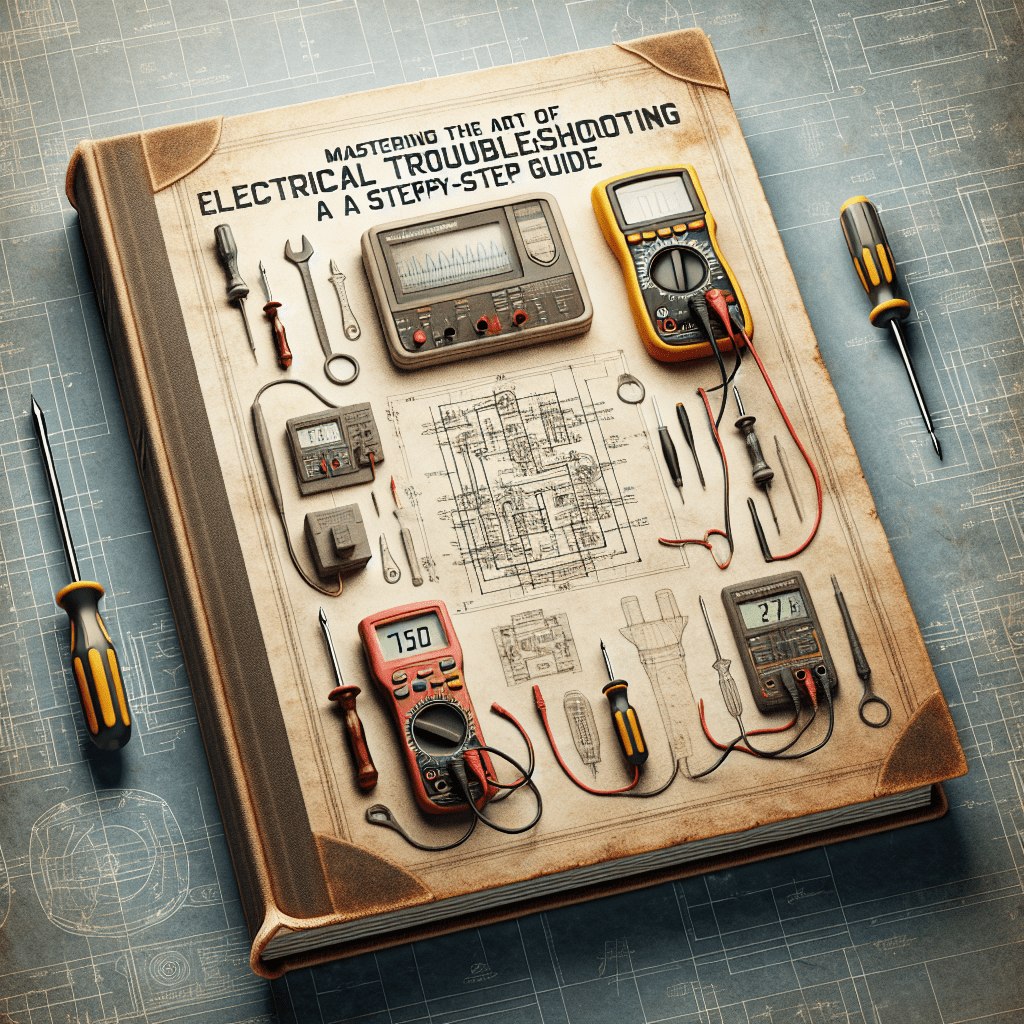Electrical troubleshooting can be a daunting task, especially if you’re not familiar with the process. However, with the right knowledge and tools, you can become proficient at diagnosing and resolving electrical issues in no time. This step-by-step guide will walk you through the process of mastering the art of electrical troubleshooting.
Step 1: Understand the Basics
Before you can effectively troubleshoot electrical problems, it’s important to have a solid understanding of the basics of electricity. Familiarize yourself with concepts such as voltage, current, resistance, and circuits. Knowing how electricity works will help you identify and solve issues more efficiently.
Step 2: Gather the Right Tools
Having the right tools on hand is essential for successful electrical troubleshooting. Invest in a multimeter, wire strippers, electrical tape, and screwdrivers. These tools will help you test circuits, check for continuity, and make necessary repairs.
Step 3: Identify the Problem
Once you have a solid understanding of electricity and the necessary tools, it’s time to identify the problem. Start by gathering information about the issue, such as when it occurs and any relevant symptoms. Use your multimeter to test the circuit and pinpoint the source of the problem.
Step 4: Make Repairs
After identifying the issue, it’s time to make repairs. Whether it’s fixing a broken wire, replacing a faulty component, or tightening a loose connection, take the necessary steps to resolve the problem. Be sure to follow proper safety precautions while working with electricity.
Step 5: Test the System
Once you’ve made the necessary repairs, it’s important to test the system to ensure everything is working properly. Use your multimeter to check for voltage, current, and continuity. Verify that the issue has been resolved before closing everything up.
Conclusion
Mastering the art of electrical troubleshooting takes time and practice, but with the right knowledge and tools, you can become proficient at diagnosing and resolving electrical issues. By following this step-by-step guide, you’ll be able to tackle electrical problems with confidence and efficiency.
FAQs
Q: What are some common electrical issues that I may encounter?
A: Some common electrical issues include faulty wiring, circuit overloads, and malfunctioning appliances. By familiarizing yourself with these common problems, you’ll be better equipped to troubleshoot and resolve them.
Q: Is it safe to troubleshoot electrical issues on my own?
A: While it’s possible to troubleshoot electrical problems on your own, it’s important to proceed with caution. Always turn off power to the circuit before working on it, and wear appropriate safety gear to prevent accidents.
TIP: Always document your troubleshooting process, including any tests performed and repairs made. This documentation can be helpful if you encounter similar issues in the future or need to consult with a professional electrician.
#Mastering #Art #Electrical #Troubleshooting #StepbyStep #Guide

